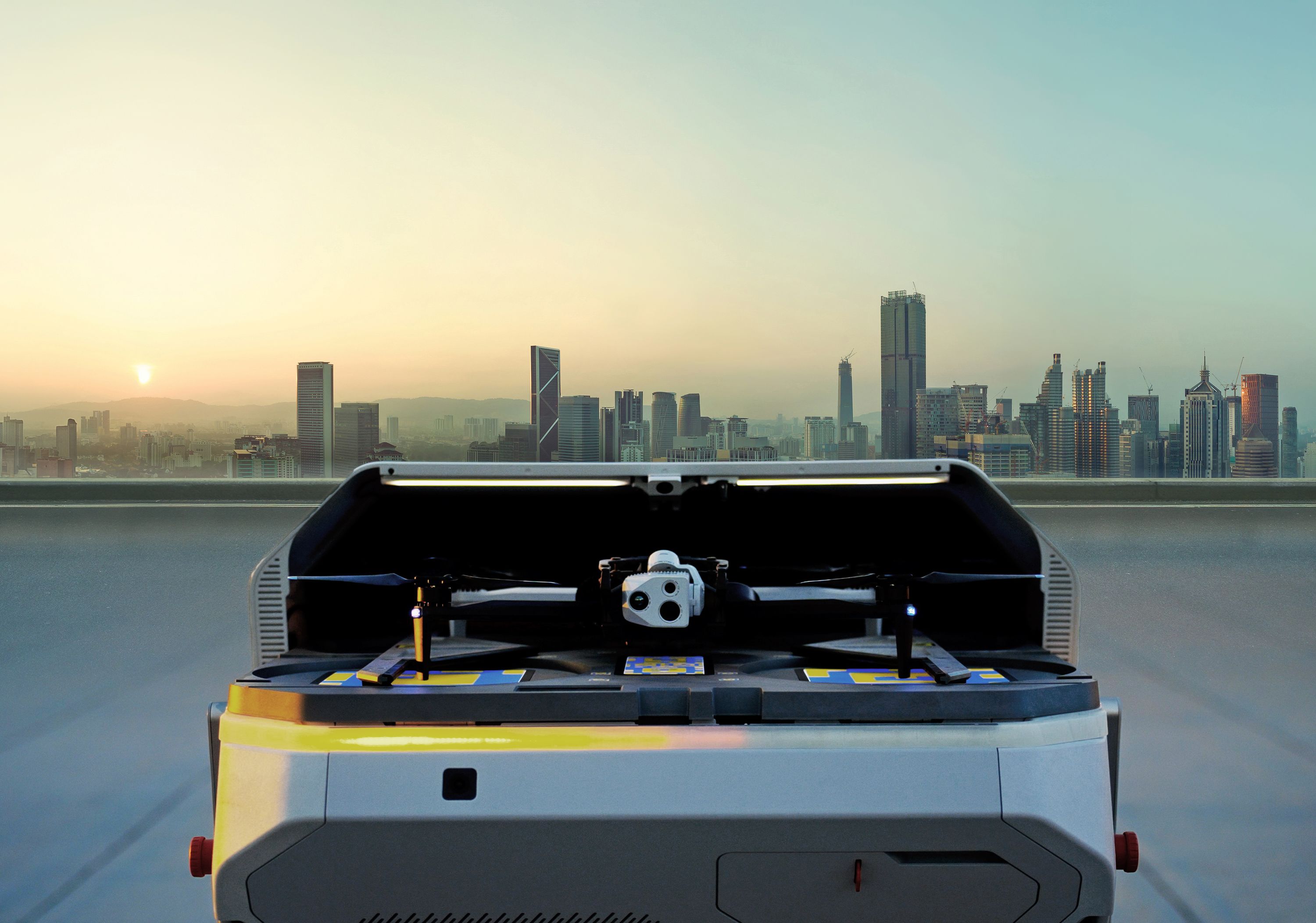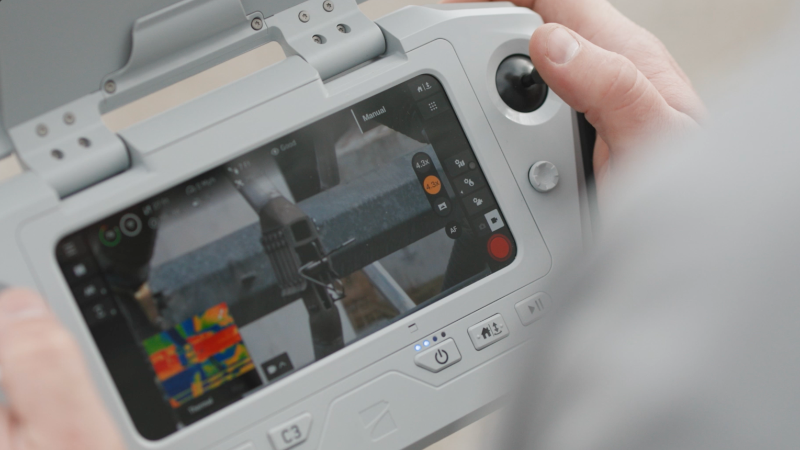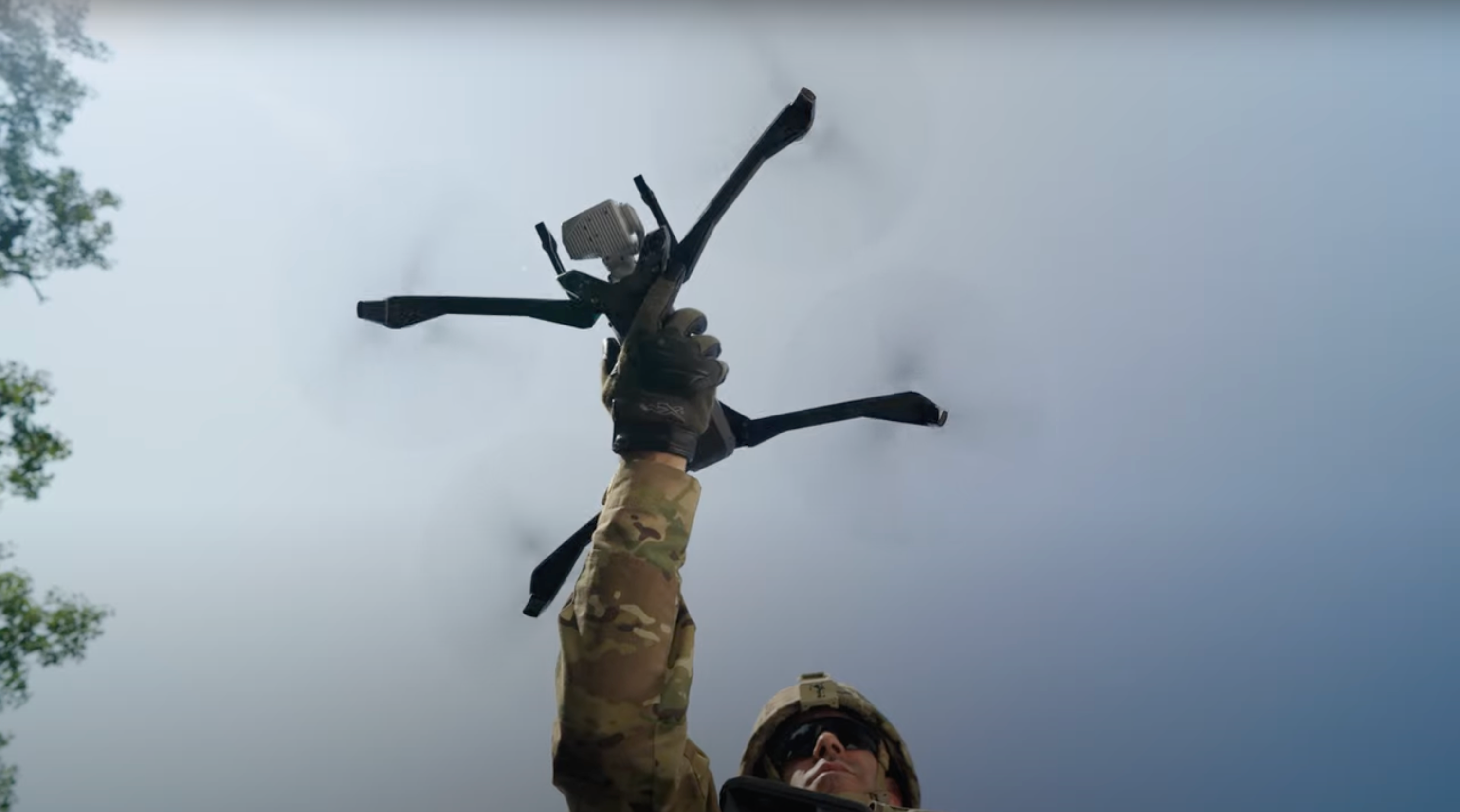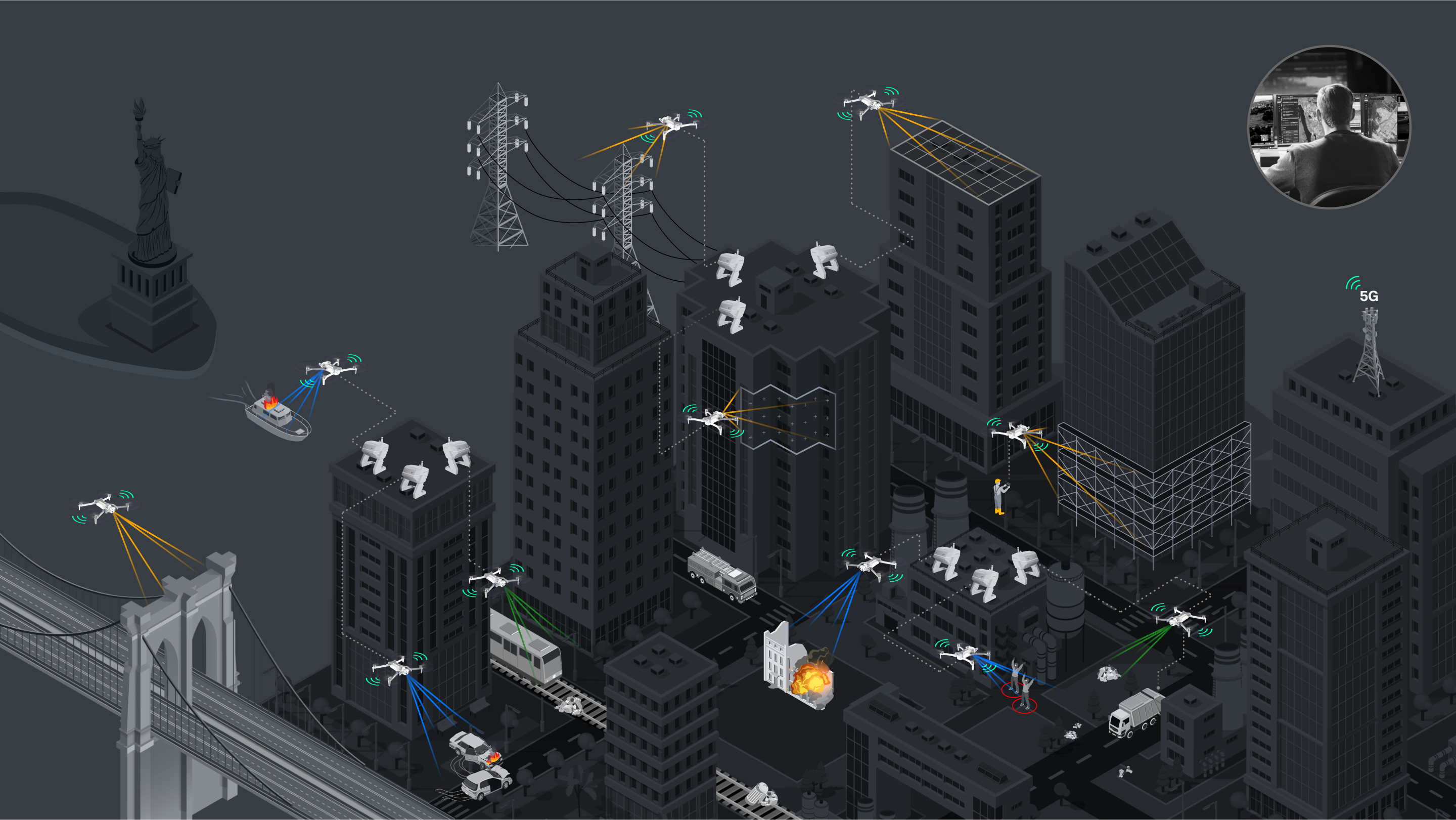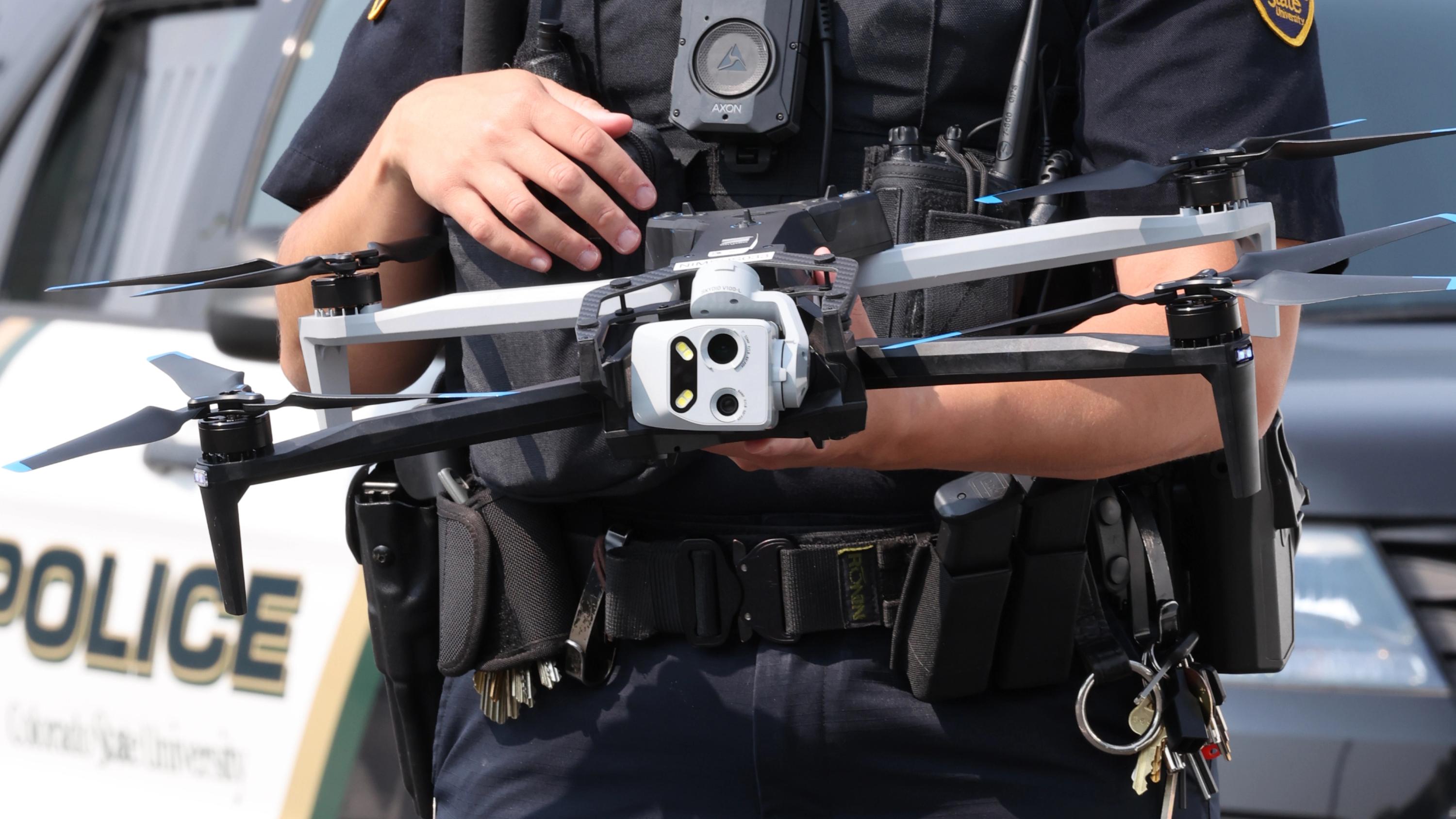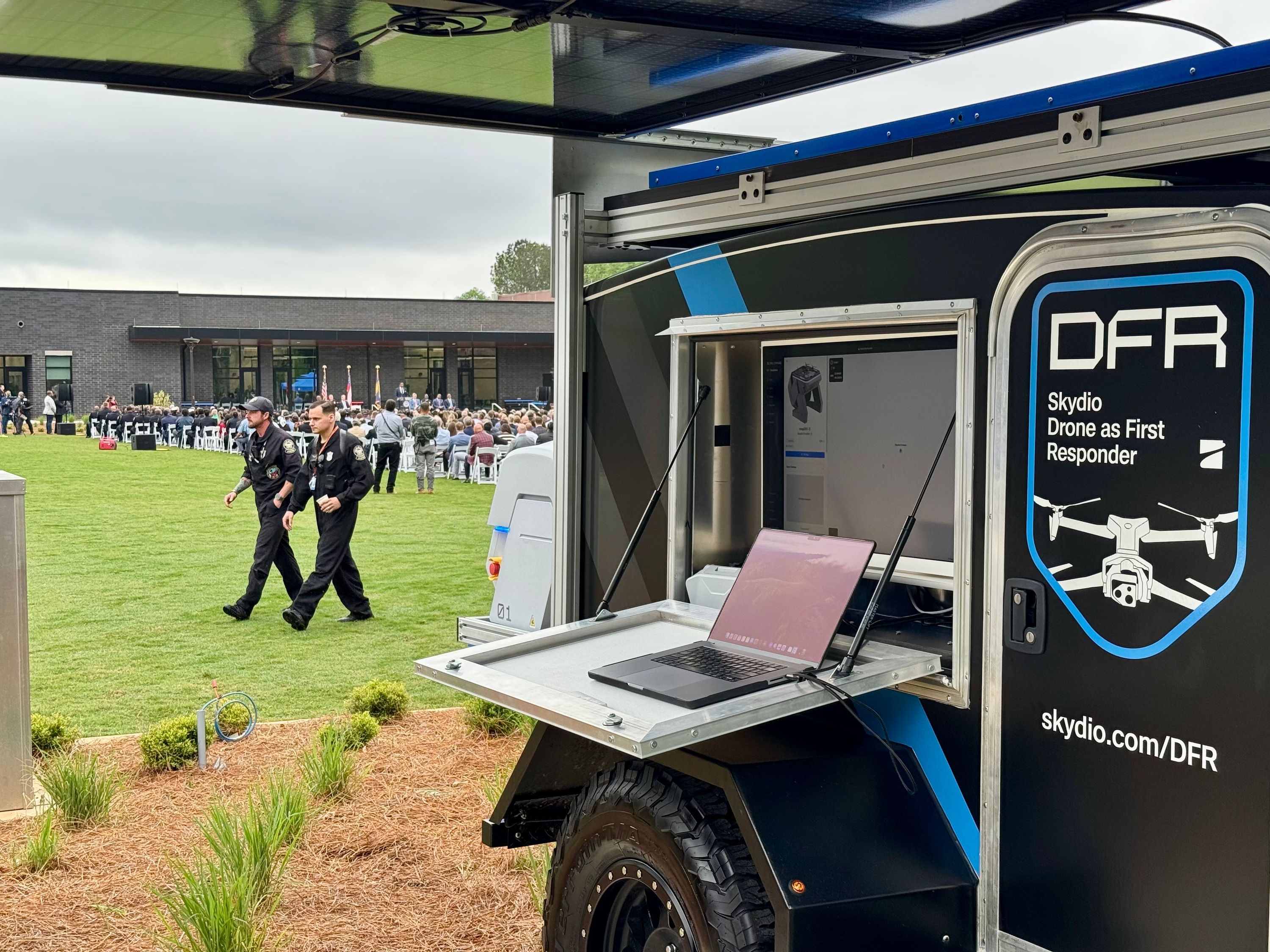DFR math: Why Incident Volume Counts
At first blush, DFR appears to be a land area coverage problem. A given drone has a certain flight speed. For a desired response time, this will give you a fixed coverage radius. But while land area is certainly a relevant factor, real-world DFR deployments (and getting into the data on incidents and response) reveal it’s almost always an incident volume problem, not a land area problem.
This is actually quite intuitive when you think about what DFR is doing - Responding to incidents. Does the number of officers an agency needs more closely follow the land area the agency covers or the incident volume the agency handles? Folks in public safety don’t need to think too hard about that one. Land area is a factor, but incident volume dominates.
For example, the Charlotte-Mecklenburg Police Department (CMPD) covers 438 square miles with 1,900 officers, while the NYPD covers 469 square miles with 36,000 officers. They have similar land area, but NYC’s population density (and thus incident volume) requires nearly 19x as many officers. DFR follows this pattern exactly: effective DFR usually requires multiple drones covering a given area, because during times of peak need, there will be multiple incidents that benefit from DFR within a given area happening at once. Does Miami metro need the same Dock and drone density as Pasco County, FL?

The next question becomes where to put those docked drone assets. Purely from a response time standpoint, the optimal deployment strategy would be fully distributing individual Docks based on incident volume density. However, real estate availability, installation costs, and maintenance costs are very real concerns - maintaining fewer sites is cheaper and more efficient. The natural equilibrium is what we call Hives - groupings of 2-5 Docks that cover a given area with ultra-fast response times. Most importantly, Hives give you the capacity to respond to multiple incidents within that area or keep eyes-on-scene without interruption on the most critical incidents by having drones provide on-scene relief, which our study of actual DFR deployments has shown happens often.
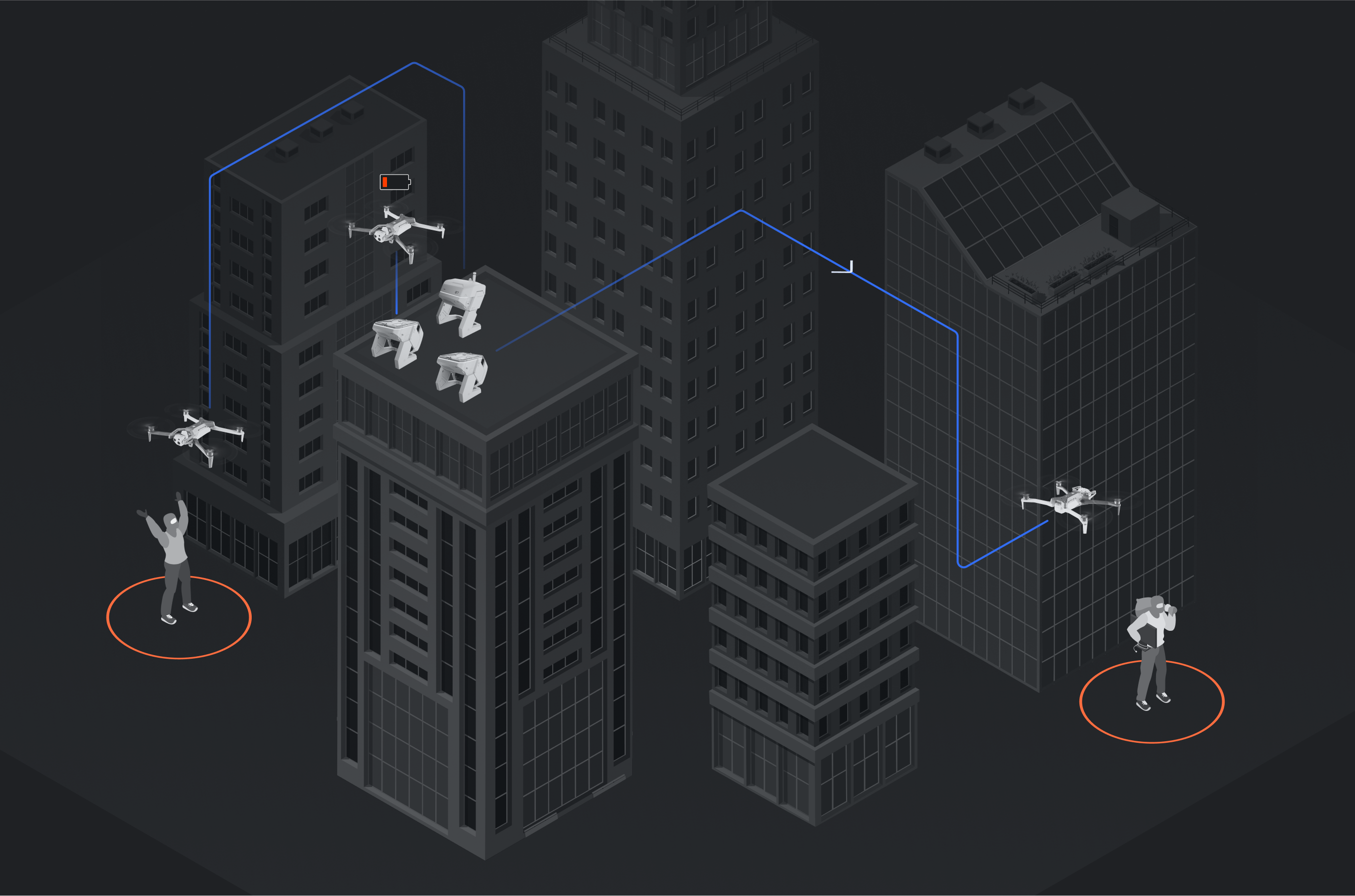
DFR is a rapidly growing category. There are multiple companies trying different approaches. This is a great thing for everyone! I’m sure we’ll all learn a lot over the next few years. But incident volume - not area coverage - as the key efficiency metric for most agencies is one of the most clear truths. Not all of our competitors agree on this yet, but I would bet (a lot) that they will come around if they get more deployments and experience under their belts.
Skydio’s cost-per-incident capacity is unmatched in the market today. Our cost-per-Dock is also quite a bit lower than our competitors and we have a longer response range thanks to built-in 5G, so a single Dock can cover more area, making our cost per area also lower for agencies that choose to deploy just a single Dock - but we focus less on that metric since it’s less important.
We’re passionate enough about using data to get good answers that we actually developed a simulator that uses real, historical incident data to help design and evaluate different deployment strategies, based on actual data rather than opinions. If you’re thinking about DFR, we’d love to work with you to explore possibilities for your department. Reach out!
